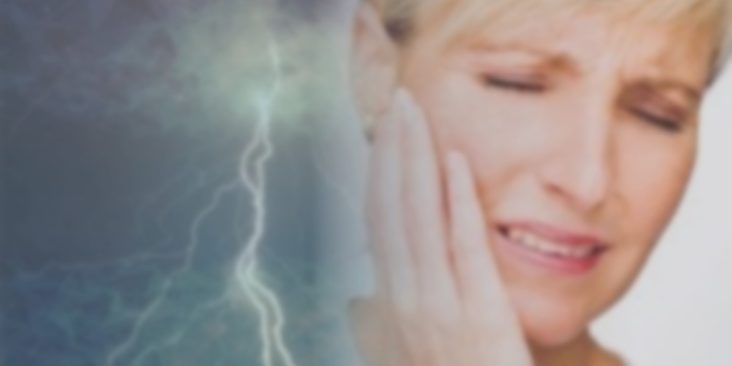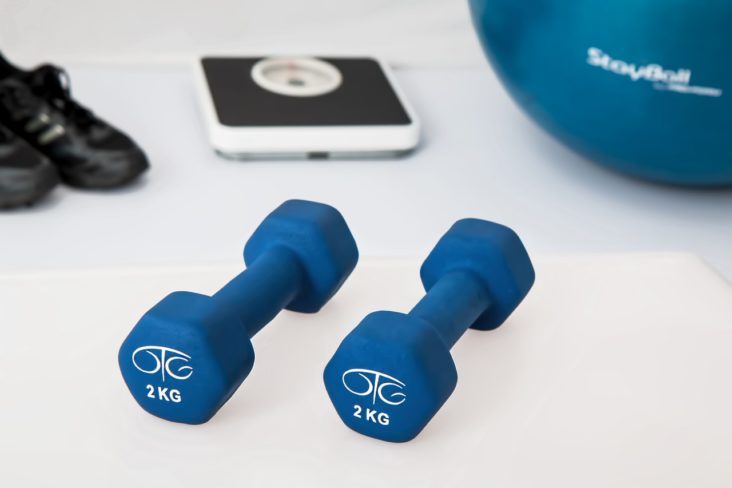Sciatica is a painful condition of the nerves in the lower back that is associated with a variable degree of pain, numbness, tingling and weakness of one or both legs. Often it is self limited and resolves on its on. However, it can be persistent and need treatment. It is usually due to a ruptured or herniated or bulging disc. Discs are the cushions between our vertebrae of the spine. Normally these function as shock absorbers of the spine but over time the normal covering of the disc- the annulus- can become weak and allow the central part of the disc- the nucleus- to become displaced outside its normal location. If this displacement is adjacent to one of the nerves that run from the lower back into the legs it can produce sciatic pain.
Non-operative Treatment can consist of any or all of these options for those cases that do not spontaneously resolve:
* Spinal Exercises, Traction and other forms of spinal therapy
* NSAIDS
* Neuropathic medications such as Gabapentin
* Course of oral steroid medications
* Spinal Epidural injections In refractory cases minimally invasive microsurgical decompression and/or discectomy is a very safe and effective treatment.
At Legacy we offer this surgery for most patients at the outpatient surgery center through a MIS (minimally invasive) 1 inch or less incision. The success rate in terms of pain relief, return to work, return to ones sports or other activities of life are outstanding. Usually within 4-6 weeks most patients are able to resume normal activities. Patients with sedentary type work can usually return to their job in 2-5 days.








